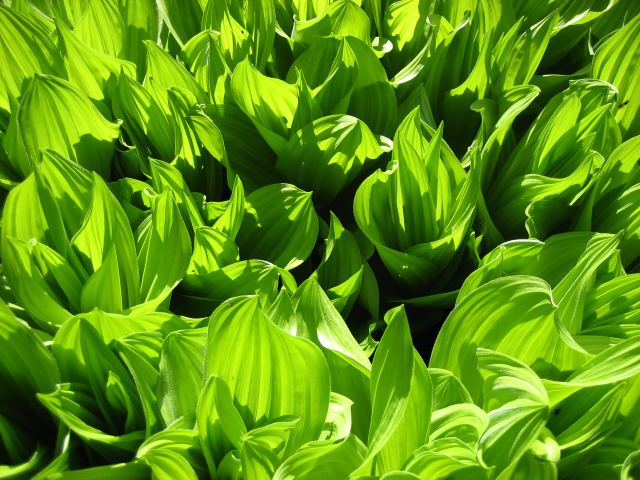NH_Mtn_Hiker
New member
Forget the Mulberry... 
There are several northeastern trees with catkins similar to those.
How about going back and getting us a good pic of the leaves.
There are several northeastern trees with catkins similar to those.
How about going back and getting us a good pic of the leaves.




